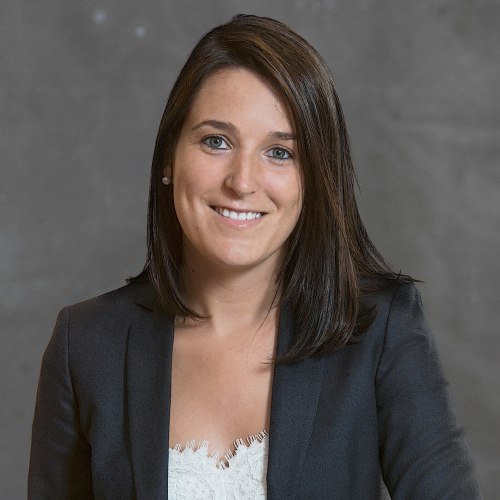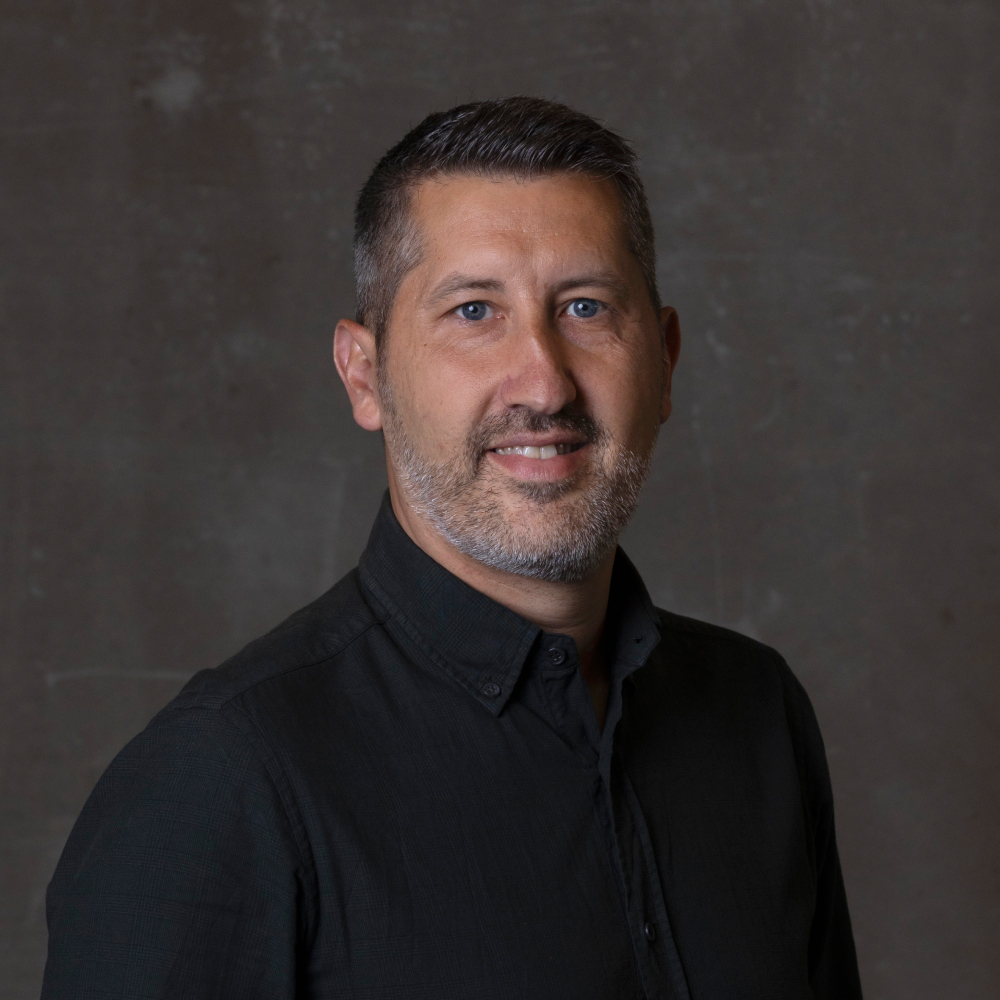- Olivia Van Dalen, Racing Host & CUPRA Sponsorships, gives a first-hand account of a Formula E driver’s day-to-day, as part of her challenge to drive a Gen3 car
- Since that start of the season, she’s been shadowing Formula E drivers Lucas di Grassi and Nico Müller, conveying an essential aspect of her training and preparation
- Di Grassi shares with Olivia all the ins and outs of how he approaches a race day, as well as revealing his keys to success



A few months ago, Racing Host & CUPRA Sponsorships specialist Olivia Van Dalen started training for one of the toughest challenges she has ever faced – driving a Formula E Gen3 car. To prepare for the event, her mentor, Formula E driver Lucas di Grassi, gave her a set of very clear, yet difficult, milestones to reach: run 10 km in under 45 minutes, press the brake pedal with a pressure of more than 100 kg, train every week in a simulator to withstand the g-forces, become familiar with the racing lines and above all else, learn how to endure the pressure, because “if you make a mistake, remember that you’re going to be the one driving at 300 km/h” says Di Grassi.
Formula E drivers have a very demanding daily routine considering that they usually participate in two races during a competition weekend. Olivia is personally invested in this experience as part of her challenge in which she wants to go from rookie to pro, and she’s spending time shadowing the race drivers to fully grasp their workouts and how they get ready to give their best in each event.

Attention to detail. The race days start very early in the morning so that the drivers can prepare themselves thoroughly in order to race at peak performance. They kick off with the first briefings, held to evaluate and plan strategies, followed by the reconnaissance of the circuit, also known as track walk, where “we check the track limits, whether the asphalt is new or more worn, we analyse the lines, the escape roads, and we even measure the kerb ride to then adjust the height of the car and know which ones we can drive on” Di Grassi explains to Olivia. After, it’s time for the free practice sessions, the car’s first contact with the surface of the circuit. Here, as well as getting familiar with the track, they continue to gather more data to optimise the car’s set-up. “The most important thing is to detect any irregularities and unevenness on the track to adjust the suspension properly - make it a bit stiffer, with a low centre of gravity to get more grip when the circuit is flat; or on the contrary, raise the car and race with softer suspensions” Lucas points out.
The moment of truth. Once the car is prepped and ready to race, the drivers gear up mentally and prepare themselves for the qualifying session and to perform to the best of their ability in the race. Some follow their own individual routines for maximum concentration, so Olivia wanted to know Di Grassi’s checklist before he gets behind the wheel. “Basically, I analyse data, the strategy for the start of the race and what our plan A, B and C will be. Physically, I do a lot of stretching, I try to relax, and above all, I drink lots of water” says the CUPRA ambassador. Drinking fluids is essential before a race, as the drivers sweat a lot inside the car, and unlike in Formula 1, they don’t have a drink system. “I drank about seven or eight litres of liquid in São Paulo, where it was hot all day” says Di Grassi. Once strapped in and competing, the only thing left to do is to give it your all, although radio communication with the engineers is very important to keep gathering information and fine-tuning the strategy. “Sometimes they tell me when to attack or defend, or what my power levels are and those of the drivers around me” Lucas says.

From rookie to pro. Olivia remains determined to succeed in the ambitious challenge she has set herself with CUPRA. As well as getting a first-hand insight into the typical routines of the ABT CUPRA team drivers and talking to them regularly, she has also received technical and practical advice from CUPRA Vice-President for R&D, Dr. Werner Tietz, as well as relevant tips on how to handle pressure from F.C. Barcelona’s goalkeeper, Marc ter Stegen. In addition to this, Olivia is running five times a week to improve her stamina and training on a karting circuit with driver Jordi Gené, who has been helping her perfect racing lines and practice overtaking, as well as working on her strength.
With four races to go before the Formula E season is over and she can put her skills to the test, Olivia says that “I’ve been training for five months, and it’s so impressive to realise how much work goes into it. The drivers are highly skilled, and I want to keep learning as much as I can from them to be at the top of my game. The ABT CUPRA team is helping me tremendously, especially Lucas and Nico. I couldn’t have better mentors.” Olivia will be sharing content on the @CUPRA_official accounts for everyone to keep track of her progress, and to see how she fairs with her challenge to drive a Formula E Gen3 car.



